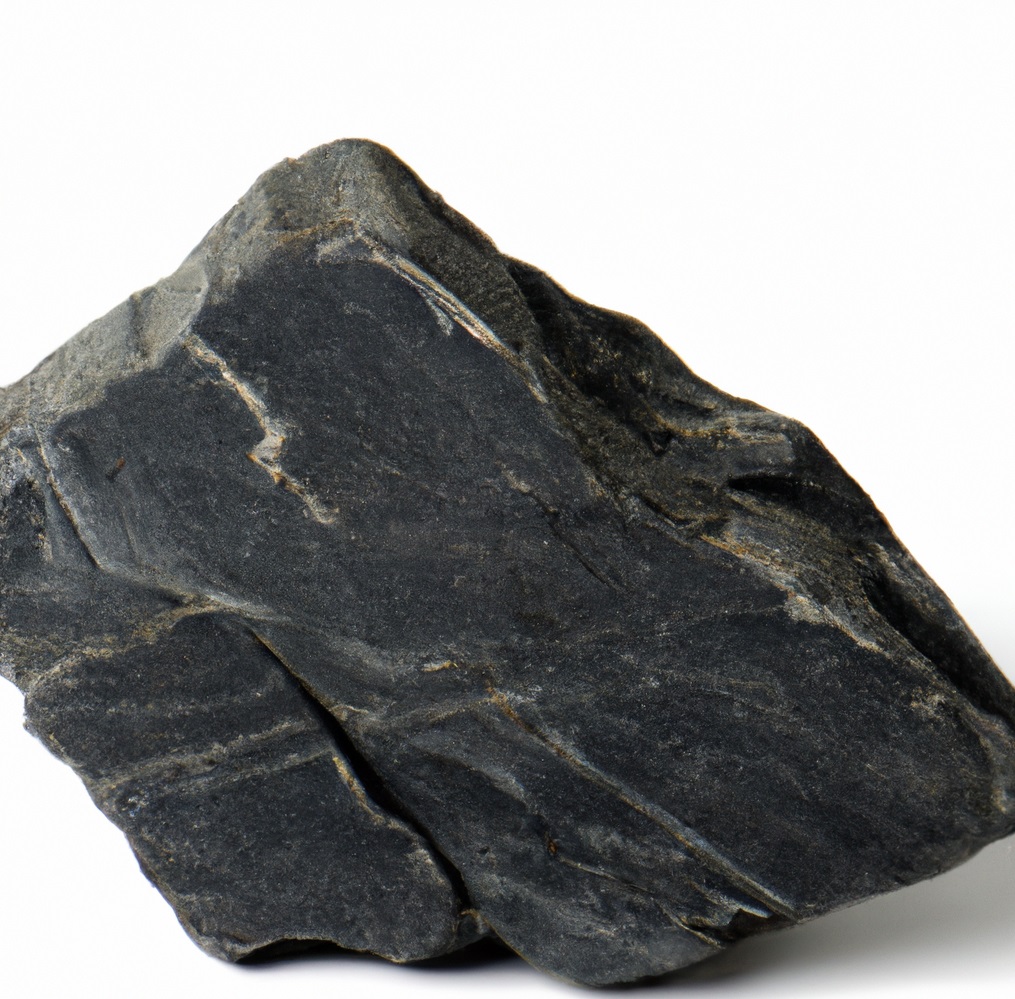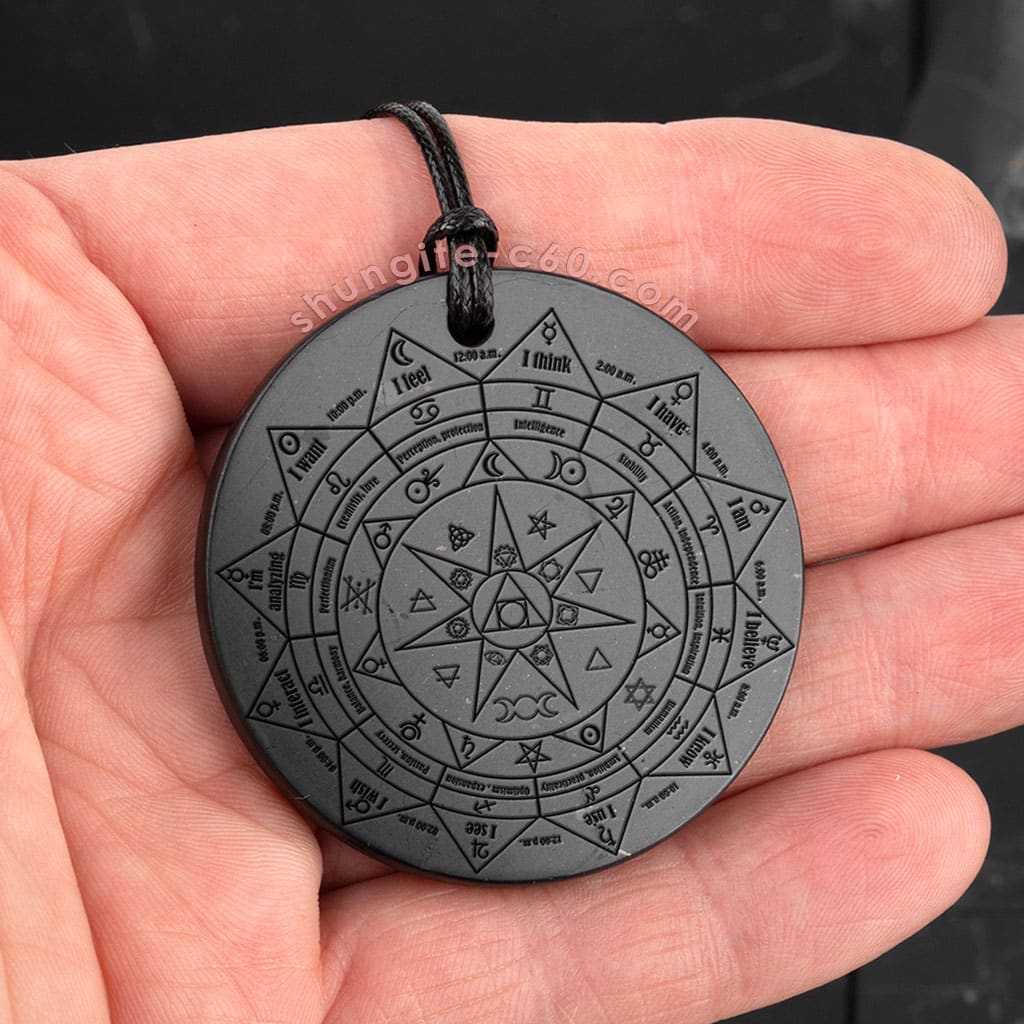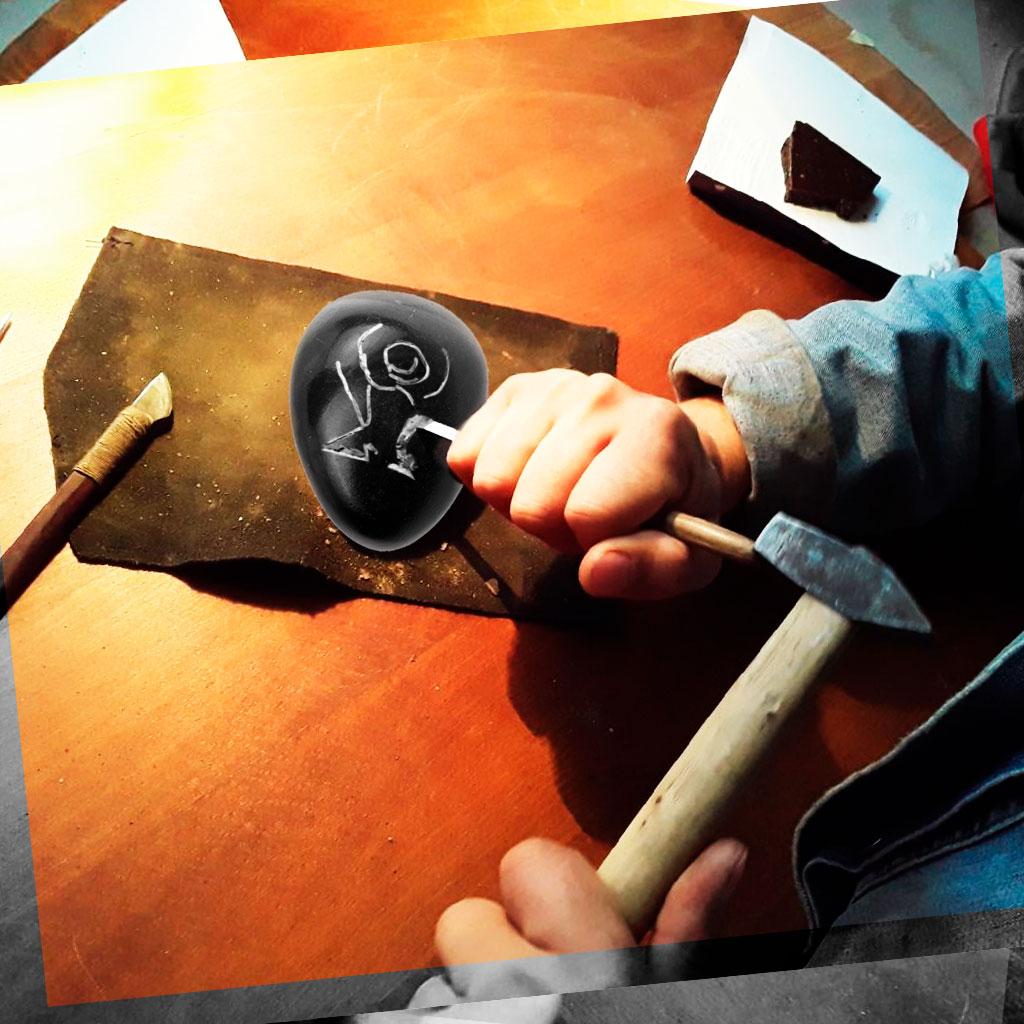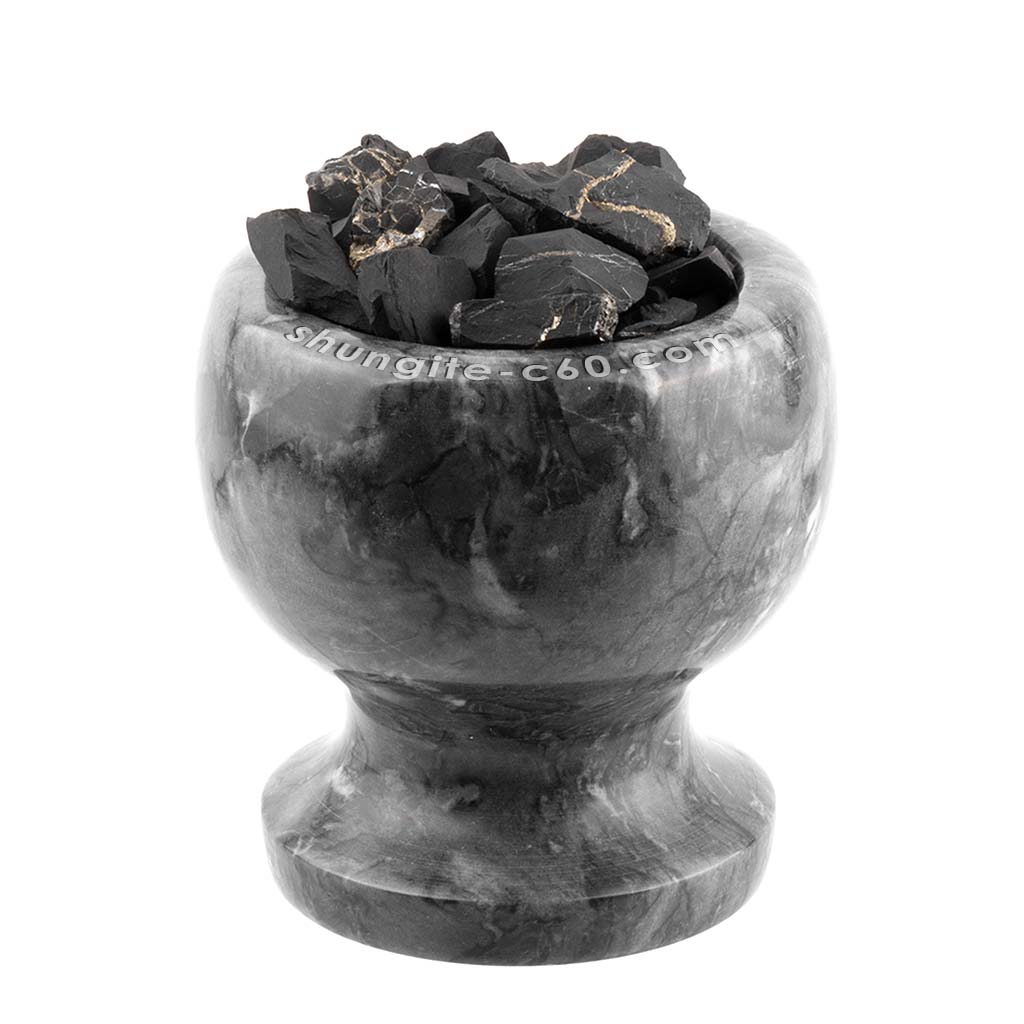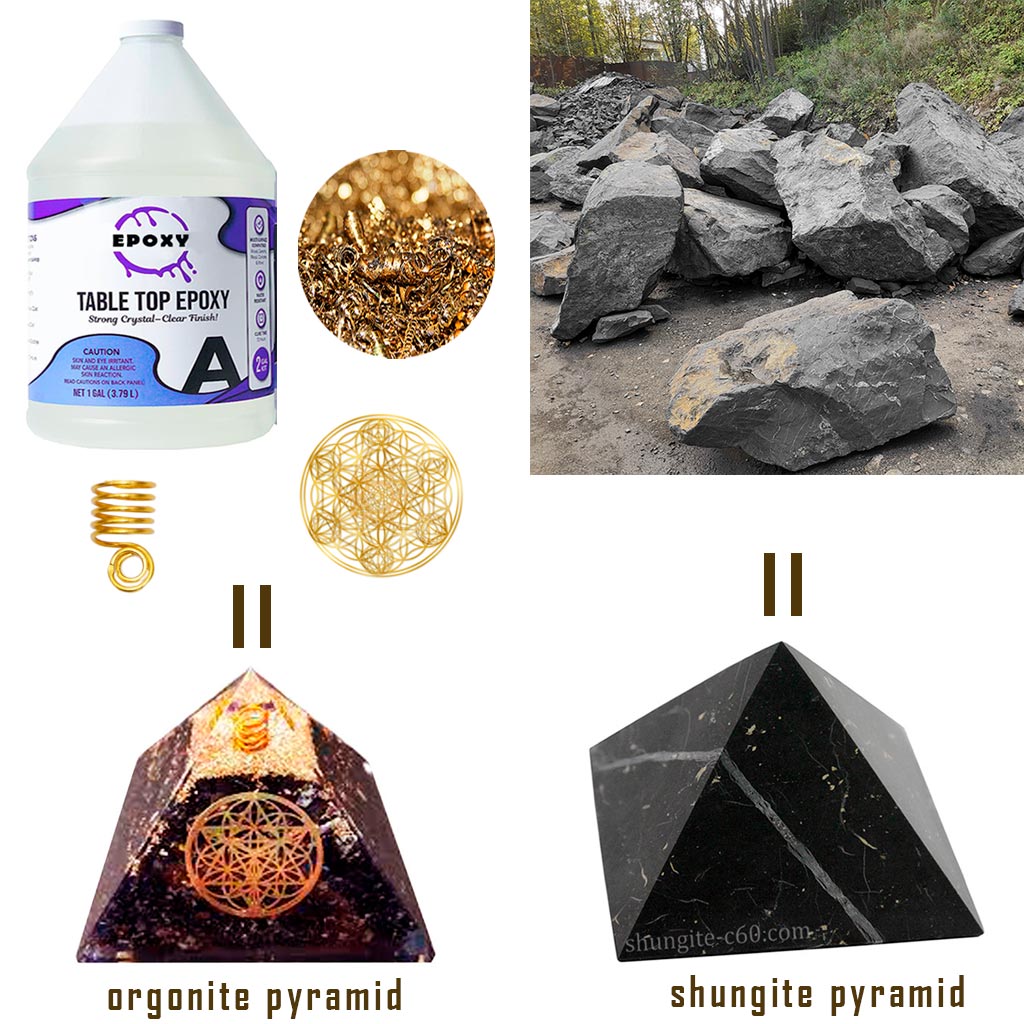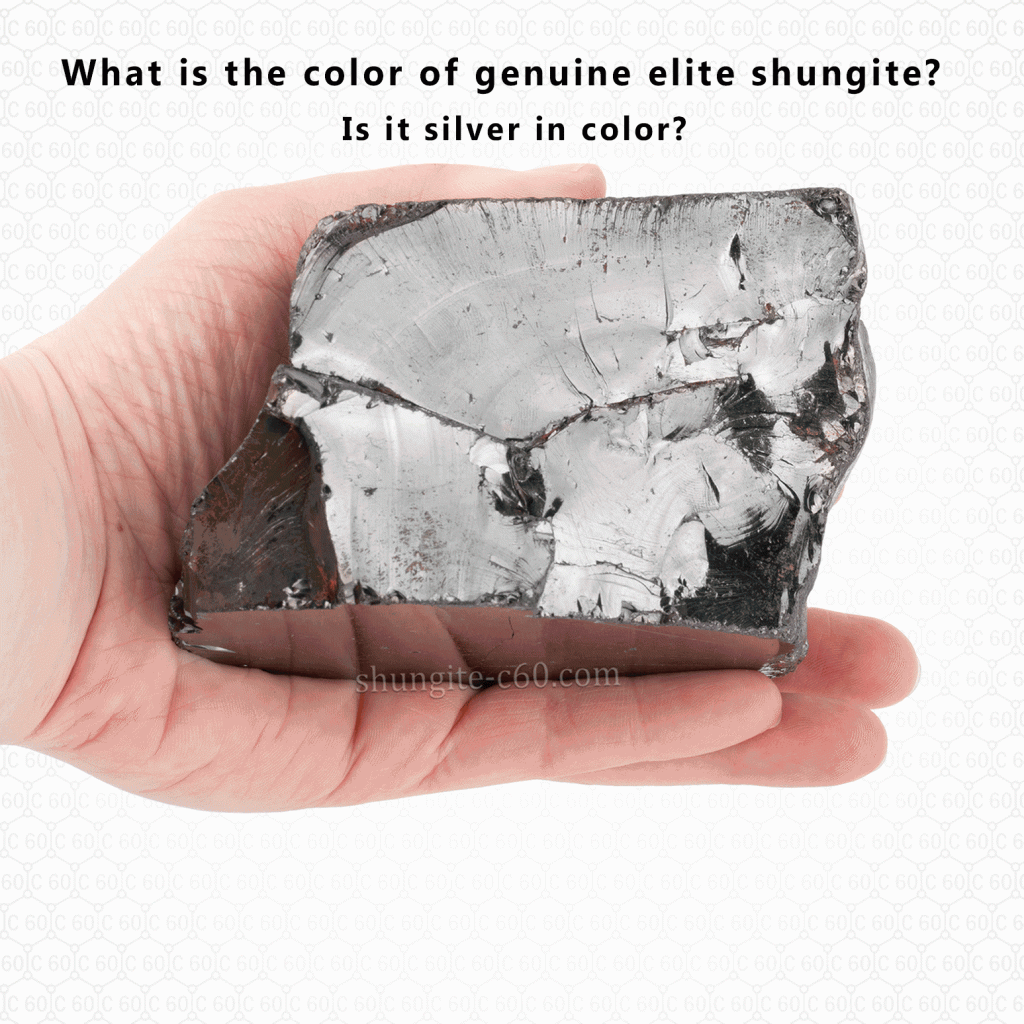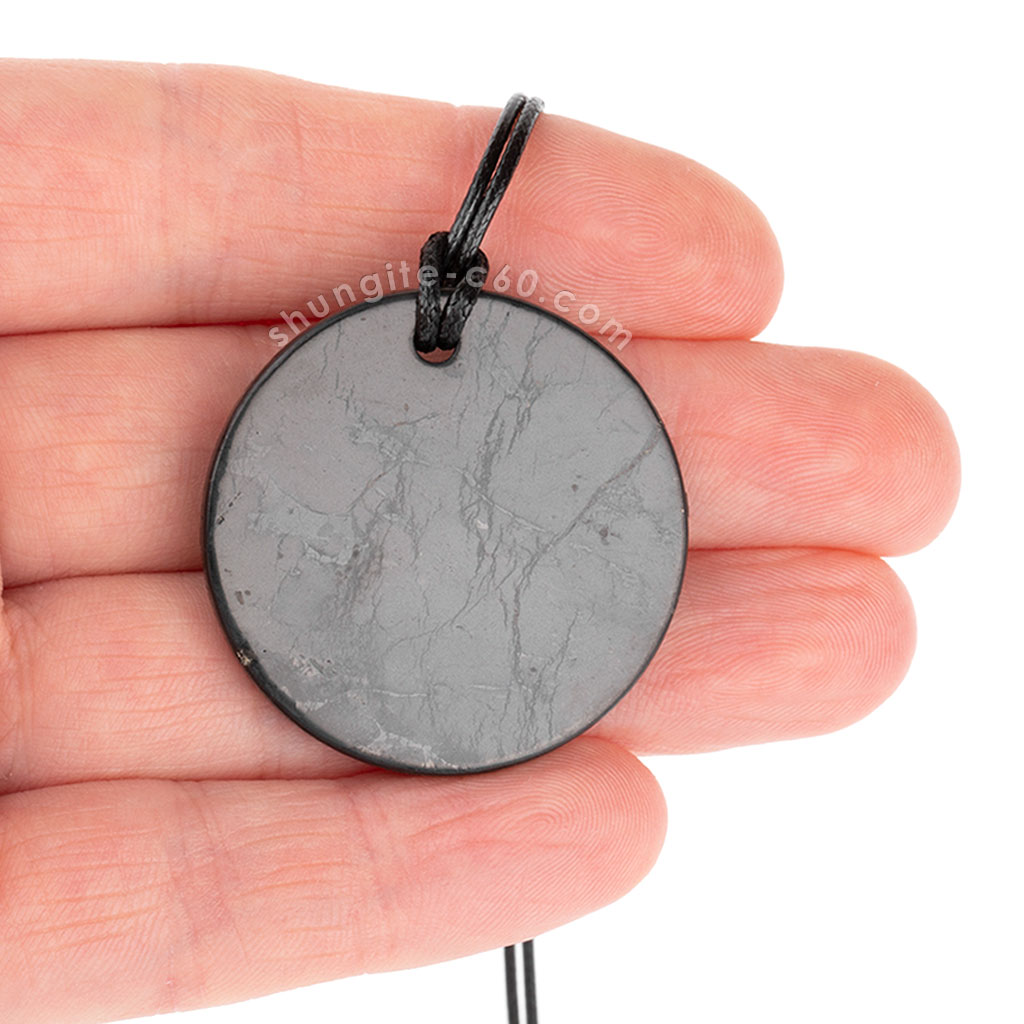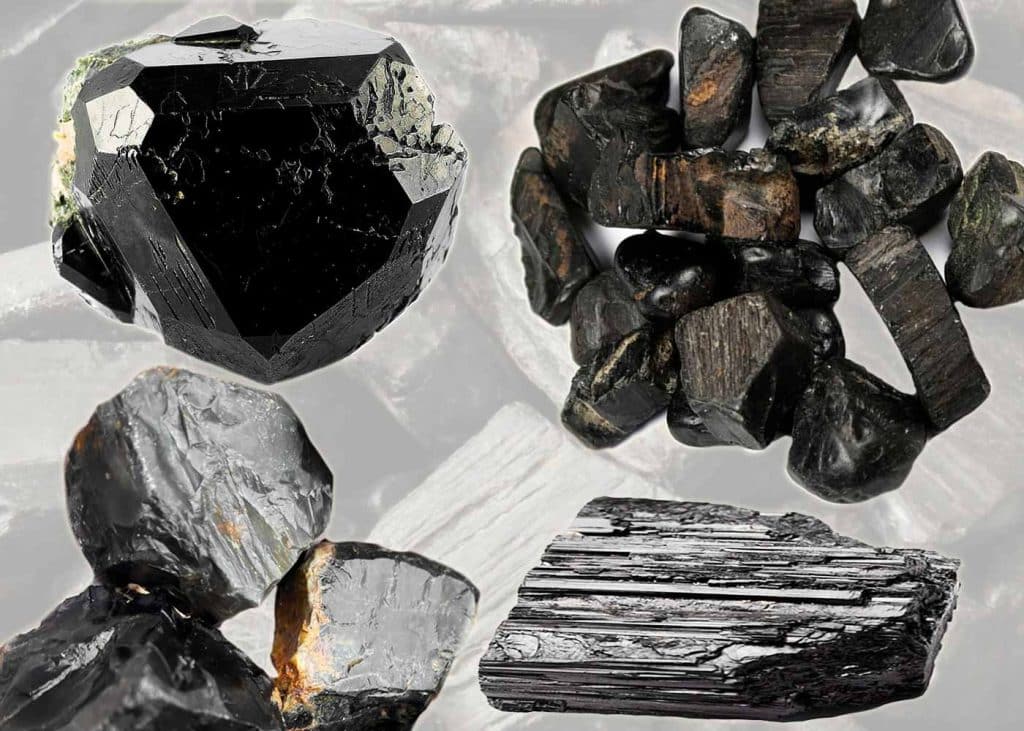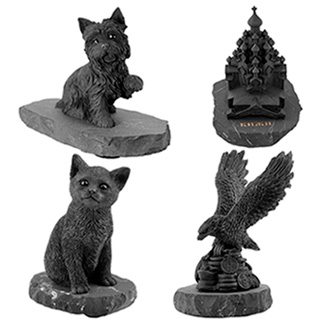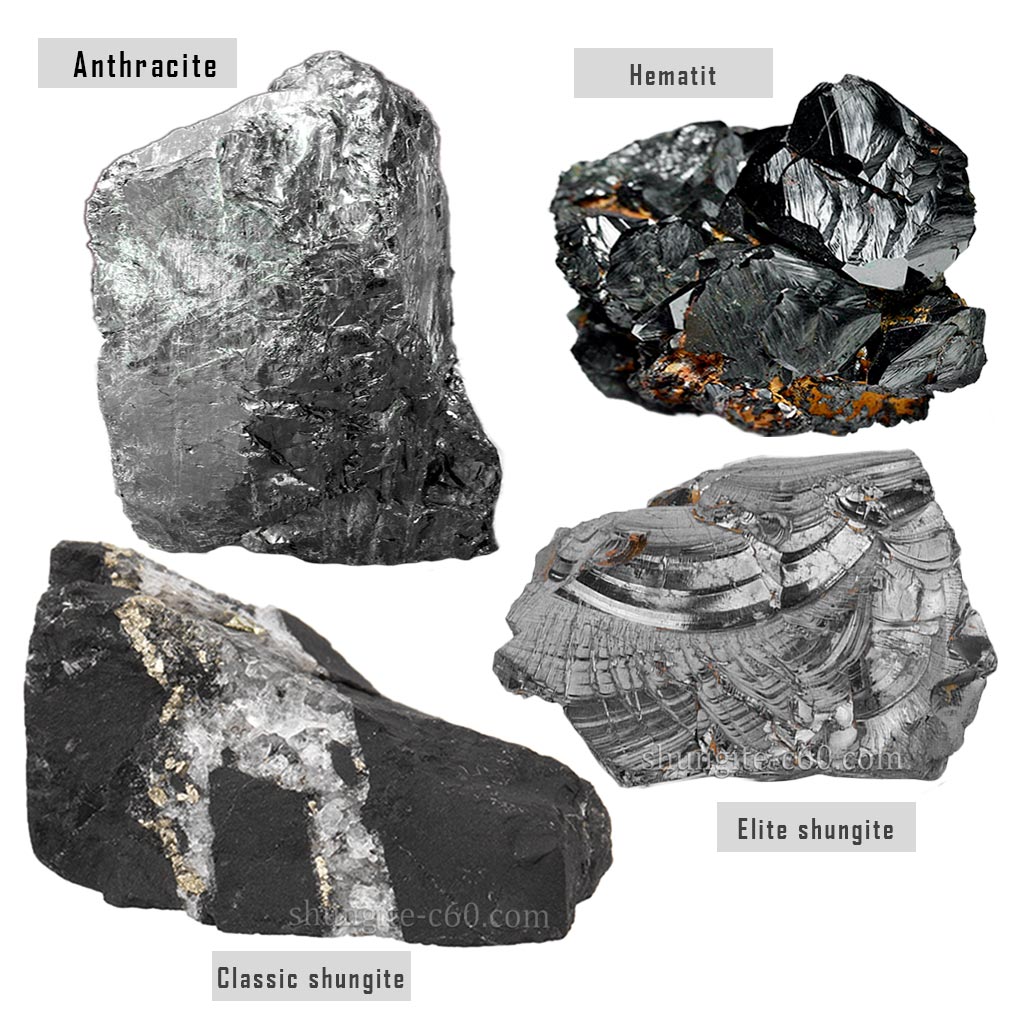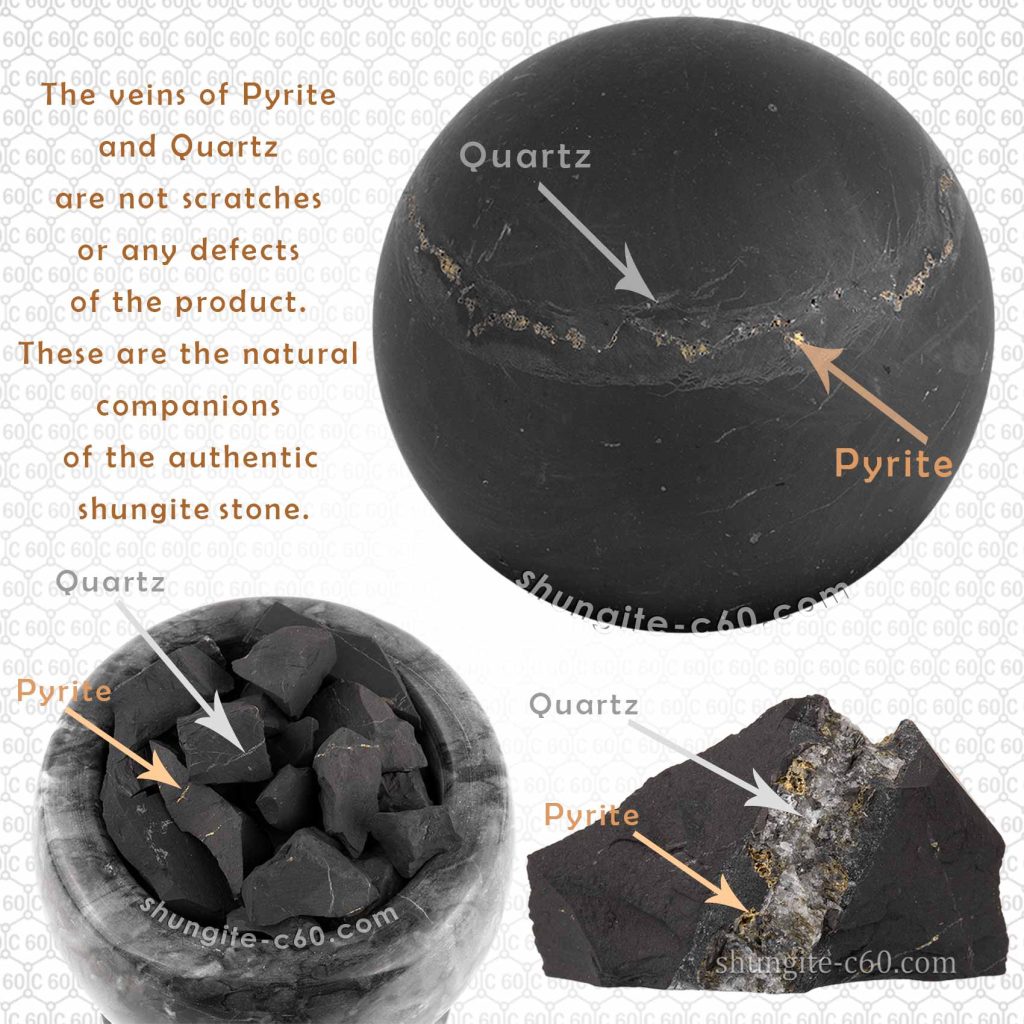What is karelian shungite?
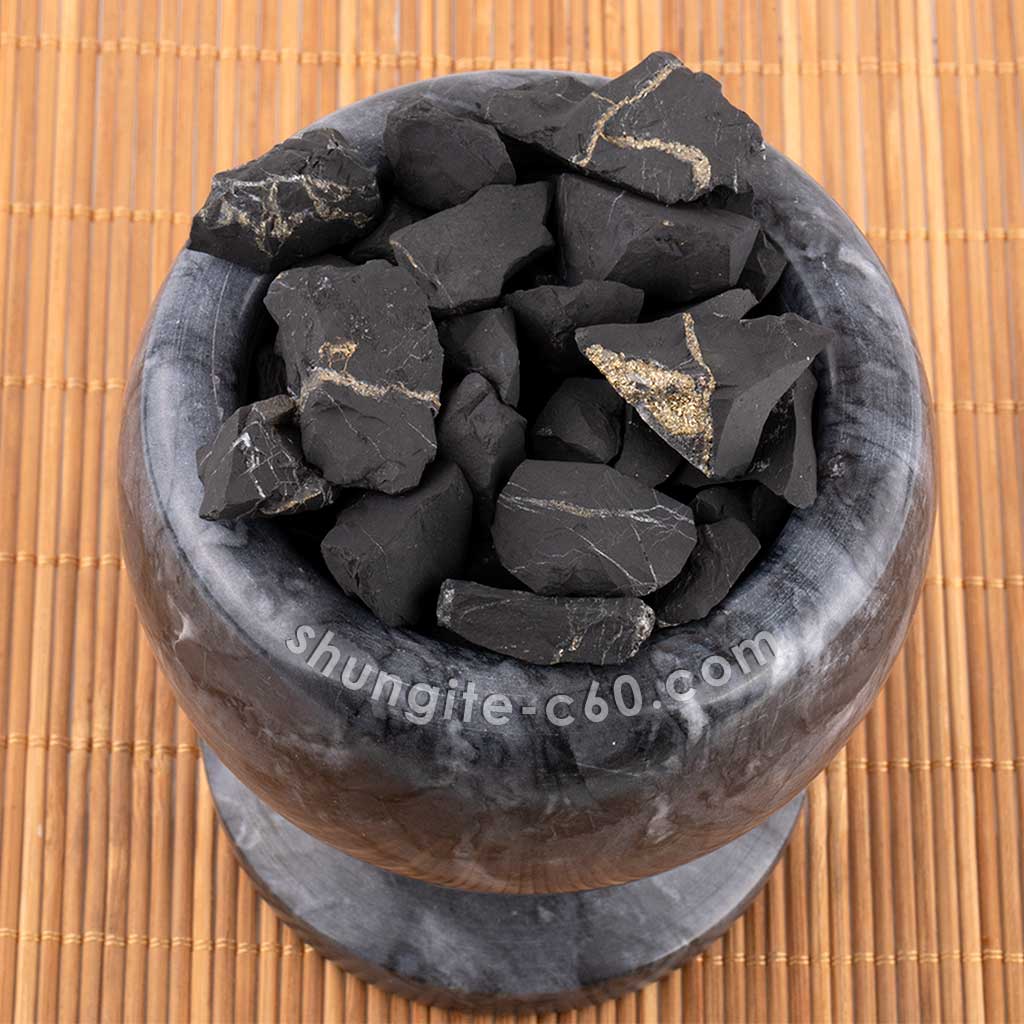
The simplest answer to the question of What is Karelian shungite will be is c60 rock from Karelia. Shungite from Karelia this is rock that place of origin is the Russian region of Karelia. This definition comes from the name of the village where the rarest mineral was found. This village is called Shunga. Therefore, you can consider the phrase Shungite from Karelia as synonyms.
Karelia is the place where shungite came from
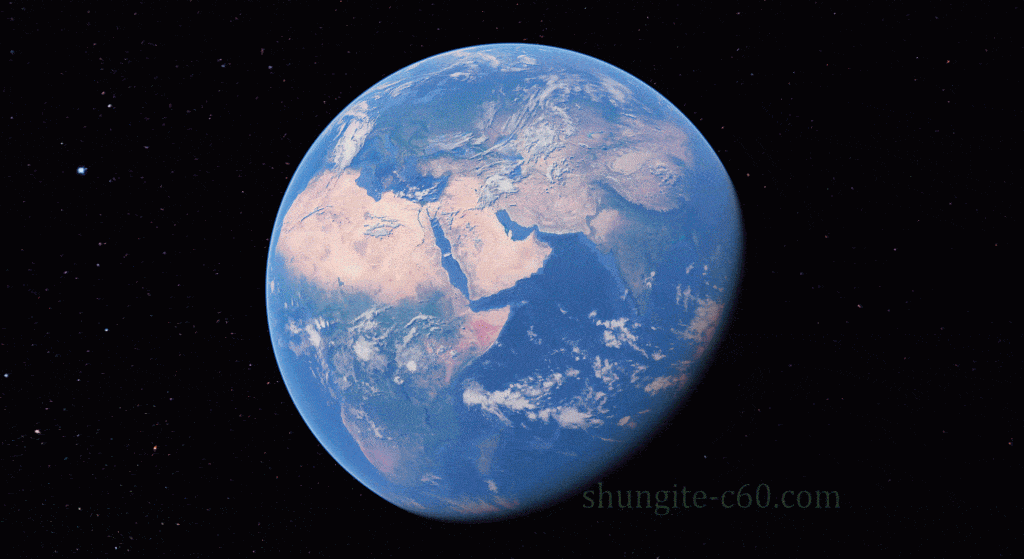
Nestled in the northern reaches of Europe, the Karelian region boasts an awe-inspiring natural beauty that captivates the soul. Dotted with pristine lakes, lush forests, and dramatic landscapes, this untouched gem is a paradise for nature enthusiasts.
Karelia’s Majestic Lakes
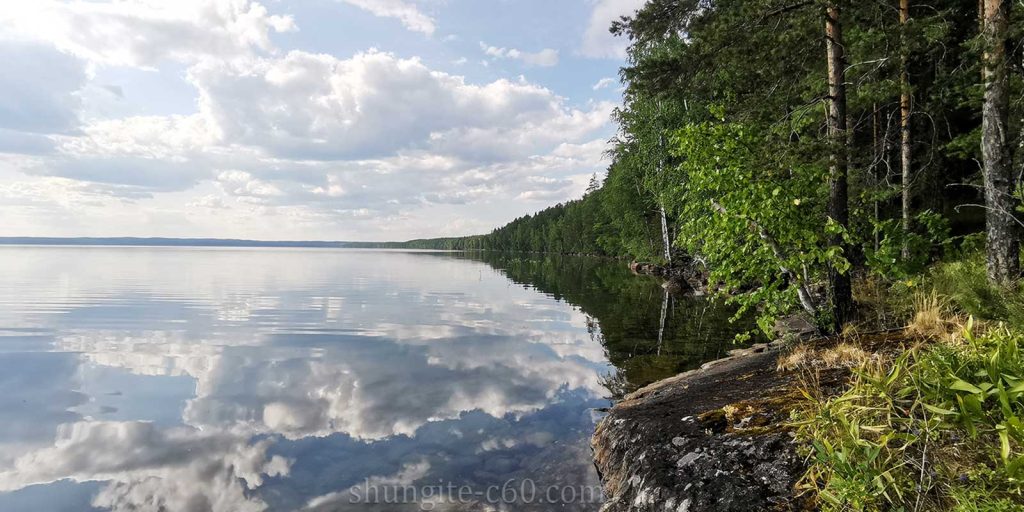
Karelia is a land of lakes, and each one holds its own enchanting charm. The iconic Lake Ladoga, Europe’s largest freshwater lake, shimmers under the sun, inviting visitors to indulge in peaceful boat rides.
Lake Onega, adorned with the ethereal Kizhi Island and its UNESCO-listed wooden churches, offers a glimpse into the region’s rich history and cultural heritage. Meanwhile, the lesser-known Lake Syamozero surprises with secluded coves and an aura of tranquility.
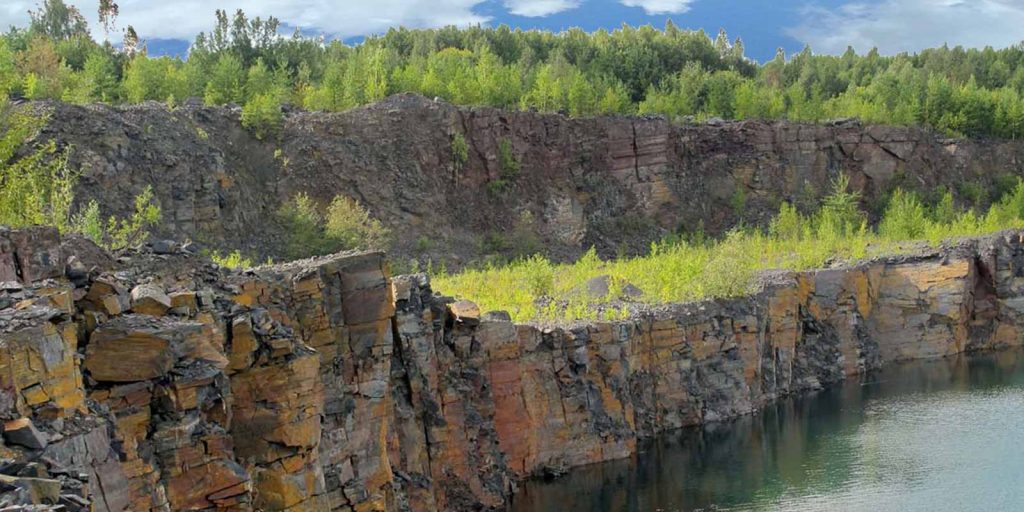
Karelian shungite is an ancient mineral, whose age is about 2 billion years. This rare stone has unique properties, including the ability to protect against EMF radiation. This rare mineral is also used for water purification.
Karelian c60 stone has a unique chemical composition, which contains free amorphous carbon. Also, scientists discovered molecules of fullerenes c60 and c70 in the stone.
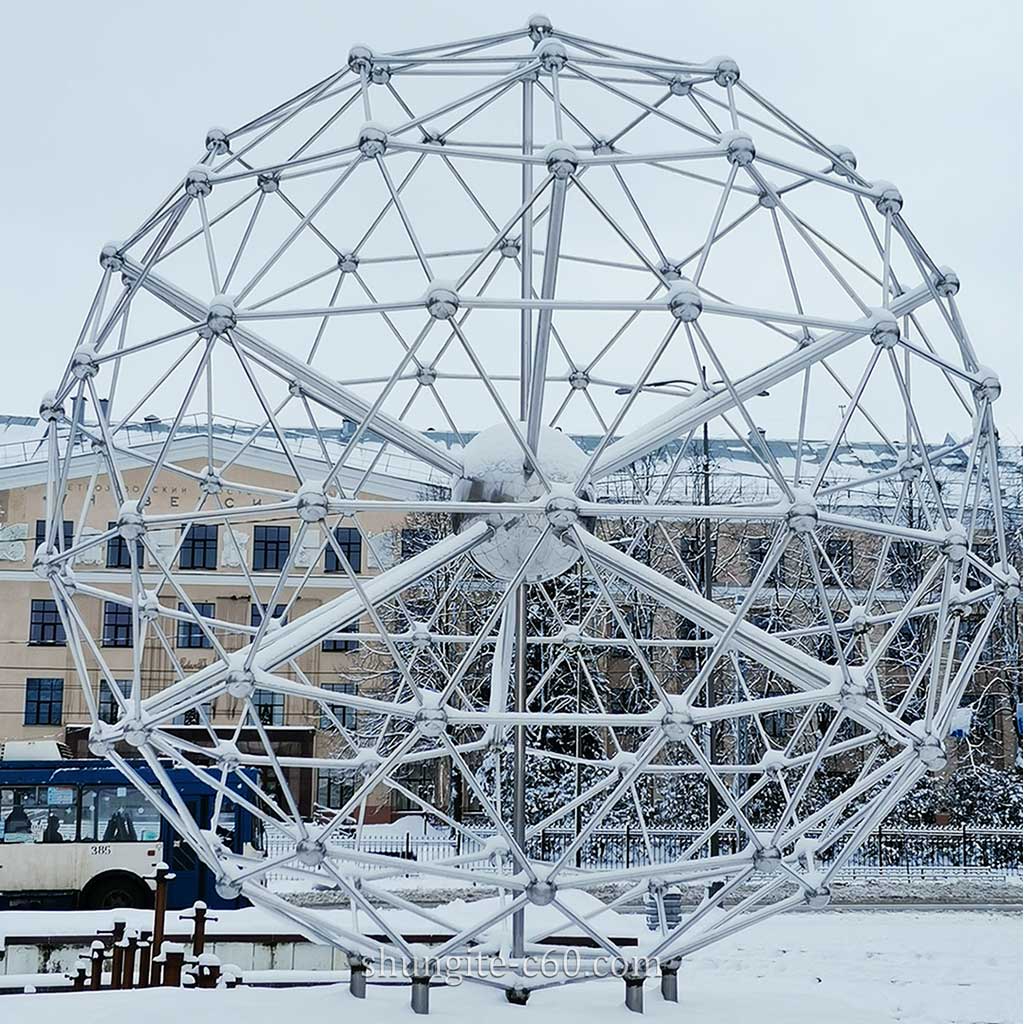
There are several shungite deposits in Karelia. All Karelian shungites have a great variety. However, in the scientific community it is customary to divide the Karelian rock into types, depending on the carbon content in the stone. Moreover, any shungite from Karelia will be Karelian. In addition, there are no more deposits of the rare stine on Earth with the same chemical composition as Russian stone.
The most famous type of Karelian shungite
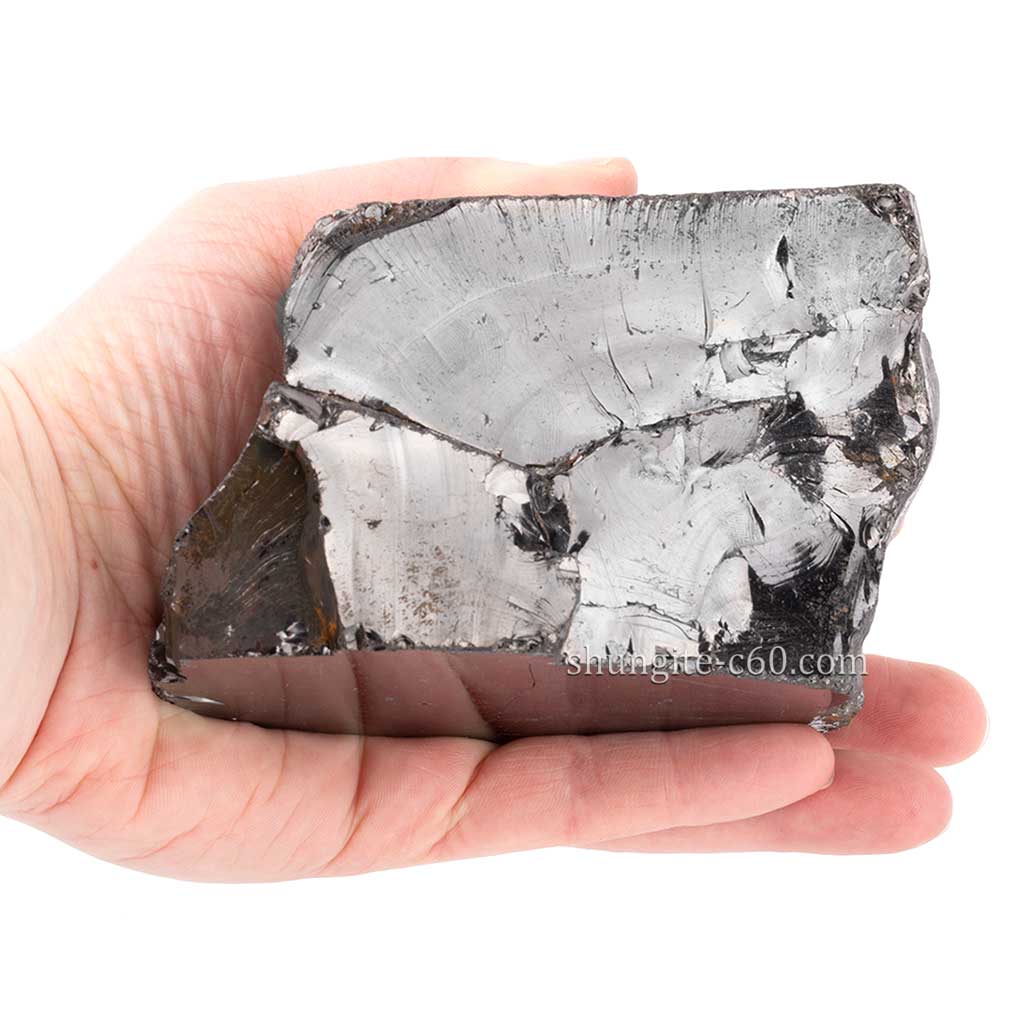
And the most famous type of Karelian stone is type 1 or elite noble silver stone. Fame for the brilliant Karelian mineral of the first type was brought by C60 fullerenes, which scientists discovered in it. Genuine elite shungite conducts electricity.
However, in Karelia, in addition to elite stone of the first type, there is stone of the second and third types.
In the scientific community, elite noble stone is usually called stones of the first type. But already people began to call this mineral elite and noble in order to emphasize the rarity and exclusivity of this stone.
The brilliant variety of the mineral was named Shungite in 1884 after the geographical name of the village of Shunga. Scientists gave the name to the mineral some time after its discovery. Shortly after that, all c60 rocks in are called Karelian shungite. Thus, the name Karelian mineral implies the Shungite from Karelia.
As a result, if we divide Karelian shungite by carbon content, we will see the following picture. Elite stones type 1 from Karelia is a brilliant stones of the first type with a content of free amorphous carbon up to 98%. And classic black stones, or regular of the third type, contains about 30% free amorphous carbon.
It is impossible to make any products from elite stones because of its rarity and fragility. Therefore, it can be obtained in the form of small nuggets or in the form of pendants. But it is possible to make a variety of Russian stone souvenirs from black Karelian shungite of the third type.
 Dutch
Dutch English
English French
French German
German Italian
Italian Spanish
Spanish Swedish
Swedish